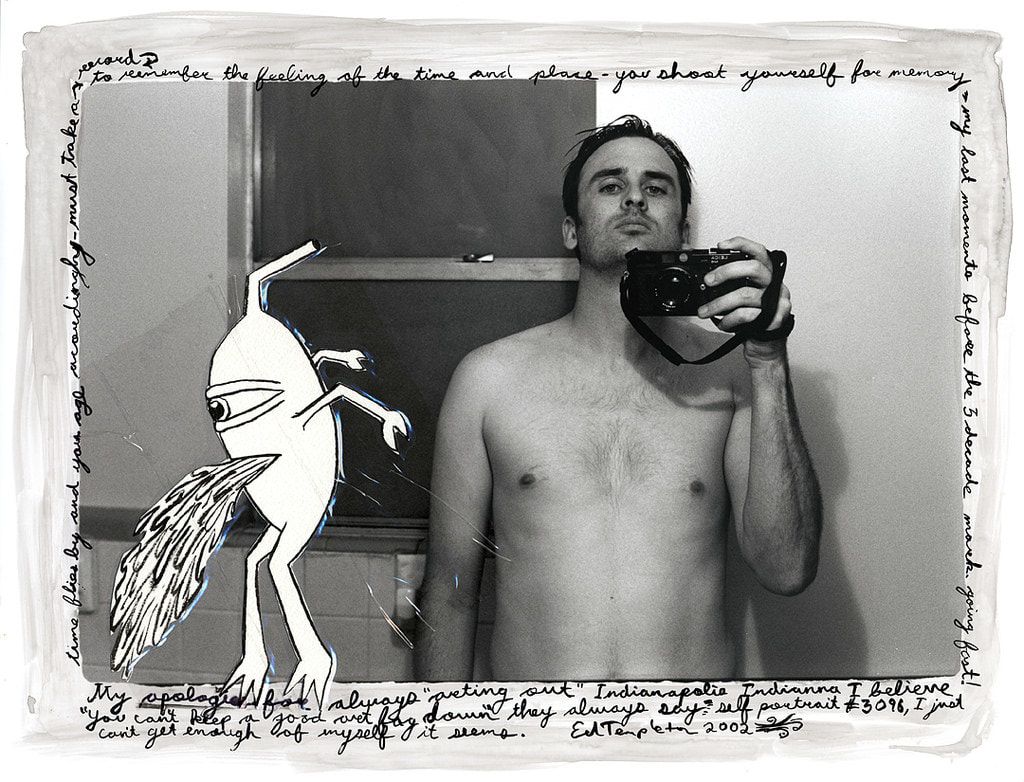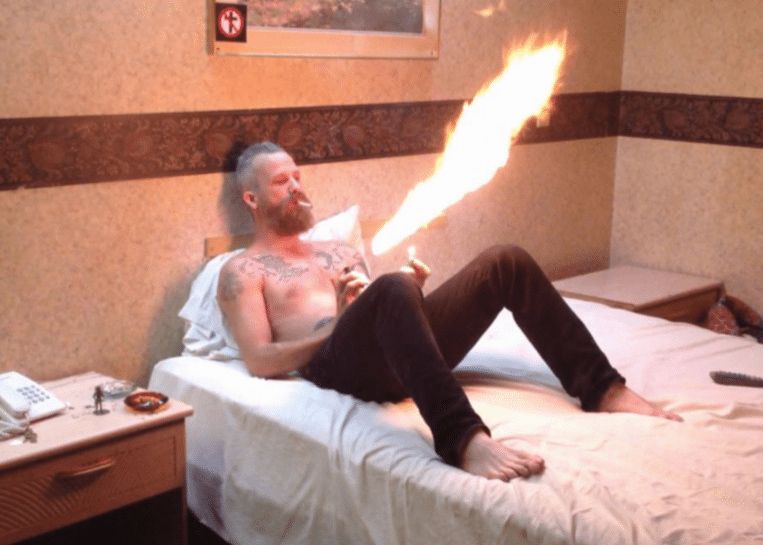Sunrise Over Stussy with OG JULES GAYTON
|ARTHUR BRAY
The bartender hands over my change and is immediately perplexed by the indigo blue stains on my fingers. I begin to explain the DIY dye workshop that took place this morning as part of the programming of this year’s International Stussy Tribe gathering in Bali. The coast of Seminyak may not be the immediate place one would think of when streetwear is mentioned, but with Stussy’s past steeped in surf and its current ubiquity as a global name, the coastal area provides the perfect site for this year’s celebrations.
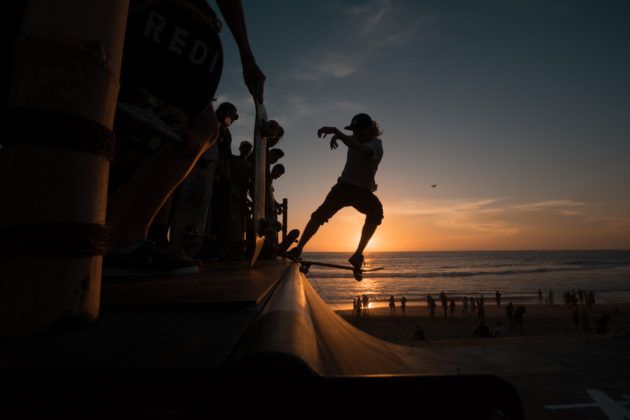
Brands at the apex of street fashion are often known by the legion of ambassadors that campaign their ethos. Supreme’s “Cherry” cast consists of skaters synonymous with the imprint’s rebellious, locals-only mentality, similar to how the inflated swagger of mid 2000s hip hop group Teriyaki Boyz advocated 1990s Japanese clothing brand BAPE’s adaptations of braggadocio rap culture. Predating these examples is arguably one of the most influential brands in street culture: Stussy.
From the jump, founder Shawn Stussy made it clear that he wasn’t selling clothes, but designs representative of an ethos born out of SoCal’s surf scene. Stussy wasn’t just a brand – it was a tribe, consisting of b-boys, DJs, graffiti writers, and skaters who all shared a sense of defiance. The International Stussy Tribe (IST), as they were known, consisted of members who were at the epitome of their own creative verticals. They often appeared on the pages of cultural tomes like Thrasher, i-D, and Arena Homme+, while elsewhere, they were found modeling Stussy and personalized varsity jackets in adverts scribed with Shawn’s signature jagged font. They were a pre-Internet global network, with members from different chapters often congregating in cities, such as Tokyo for the 1991 IST party.
In 2015, Stussy celebrated its 35th anniversary, revisiting Tokyo with a cohort of OGs and close friends. For 2017, the Stussy Tribe descended upon Bali’s Potato Head Beach Club and continued its spirit of bridging friendship and arts. The two-day soirée consisted of art-making classes and surf and skate sessions. It also took place on the weekend of chief executive David Sinatra’s birthday. The likes of Theophilus London, Benji B, No Vacancy Inn, DJ Soulscape, Bromances’ Guillaume Berg, Patta Sound System, Eric Duncan of legendary Rub-n-Tug, and Fraser Cooke’s Tokyo-based DJ collective Mild Bunch Sound System were billed as the weekend’s music programming.
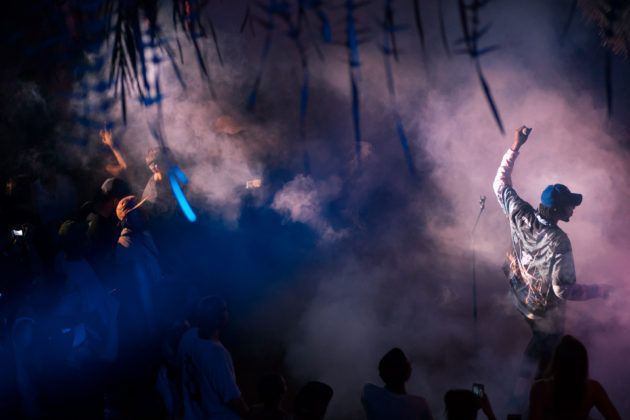
Even in the scorching heat, the outdoor patio by the beach bar is filled with groups singing along to Memphis RnB soulstress Lalomie Washburn. Any air of pretence felt at fashion weeks and tradeshows were left on arrival. The gathering feels more like a pow wow led by family than an invite-only function, organized by one of streetwear’s most intimidating imprints. Standing by the bar, I gaze past the beachside pool where local Indonesian skaters catch air off of a custom Stussy halfpipe made especially for the occasion. With such a picturesque landscape, it’s hard to think of the egos involved in the malicious retail and distribution industry. Notably with Stussy’s global success – Business of Fashion reported that Stussy was valued at 50 million dollars in 2014. But it is exactly this type of camaraderie spirit – bringing together music, skate and surf in one mélange – that has resulted in Stussy’s triumph over time. As I reach for another sip of ice cold Mai Tai, I am joined by OG member Jules Gayton, who explains why sharing and unity is still at the crux of the cross-cultural community that is Stussy.
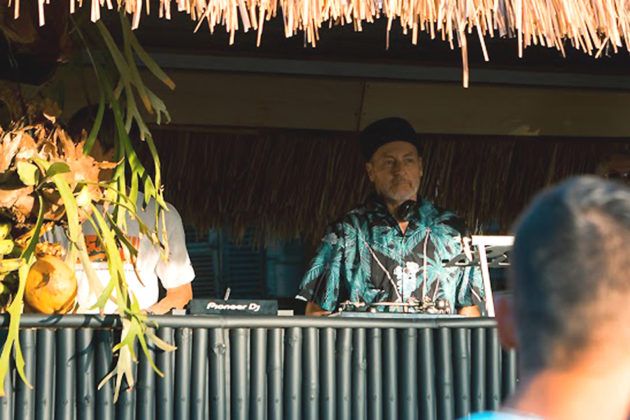
ARTHUR BRAY: How was the Stussy Tribe Gathering this year compared to the 35th anniversary celebration in Tokyo?
JULES GAYTON: They’ve all been amazing and unique. I like the history of “the tribe” gathering but I try to deal with the present. It’s grown into a much larger family due to the Internet. Now, it’s really a global crew. The lineup has altered and different members would take the lead each year. But music is still a big focal point. Whatever format it is, whether it’s records or USBs, it will always be about the music and the love of sharing.
You used to give Shawn Stussy mixtapes and he would share with you some of his new designs. What music in particular did you include in those tapes?
We were into all kinds of genres, from hip hop, reggae, disco to soul. The idea of trading was just something natural we would all do. We made heaps of different tapes and it just became a common ritual. That was the only way to share music back in the day. Now, I can give someone a thumb drive.
What was it like being a pro skater in London during the late 80s and early 90s, an era when mainstays like Slam City Skates was just founded?
It was like any pioneering movement that would later be impactful. You didn’t know it was going to be huge. When we first skated South Bank, it was amazing – the same feeling you get as a 13-year-old dropping into a halfpipe or when you hear a tune that sparks an emotion during a set. It never goes away.
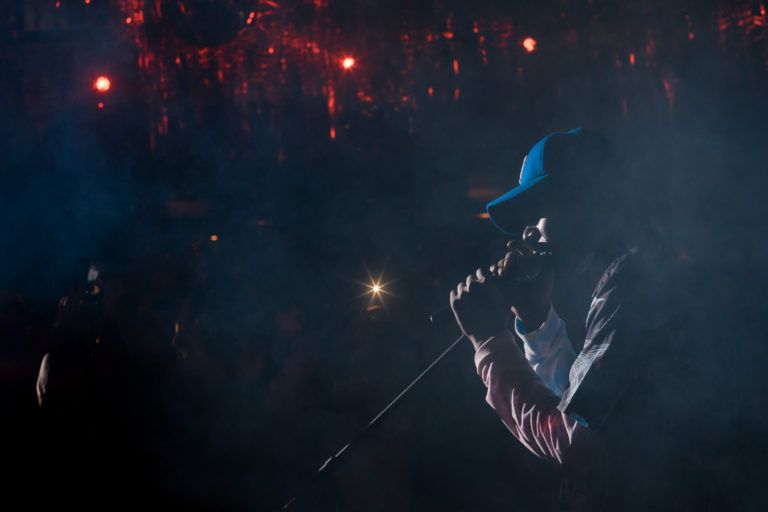
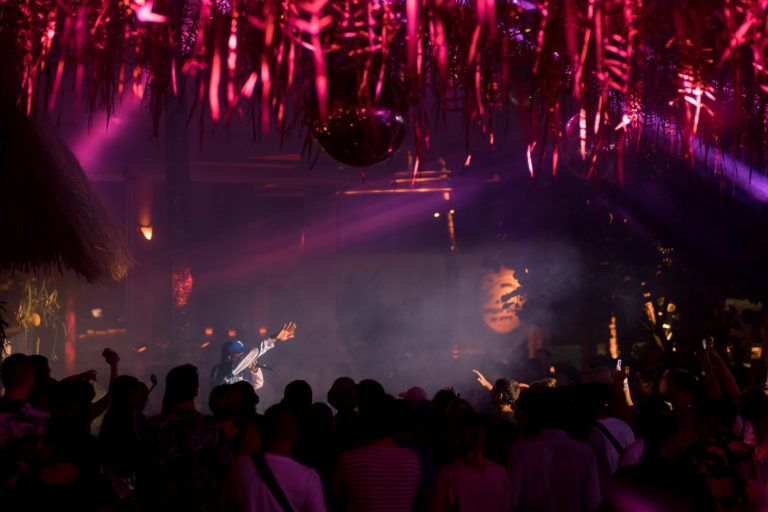
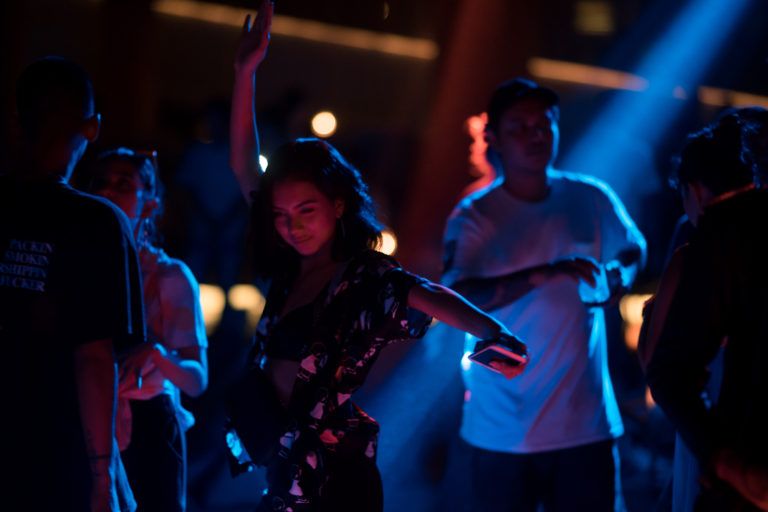
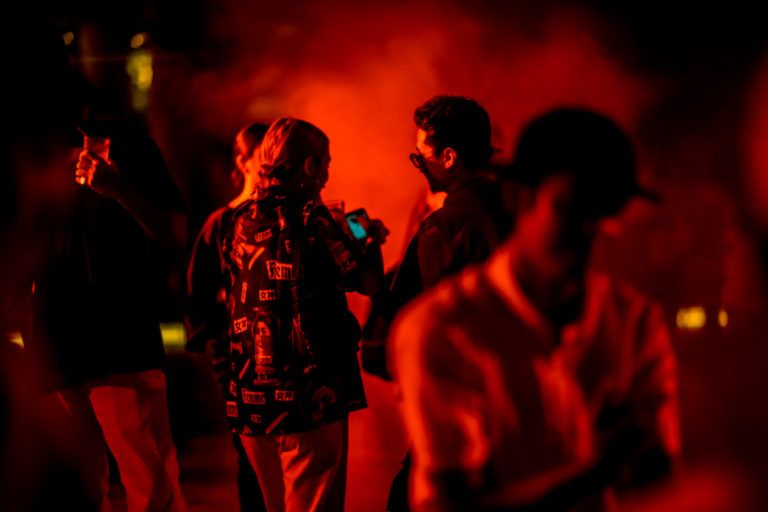
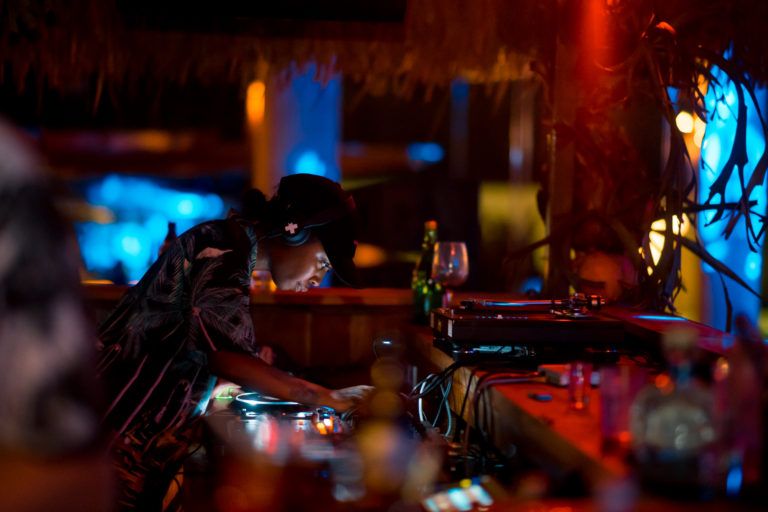
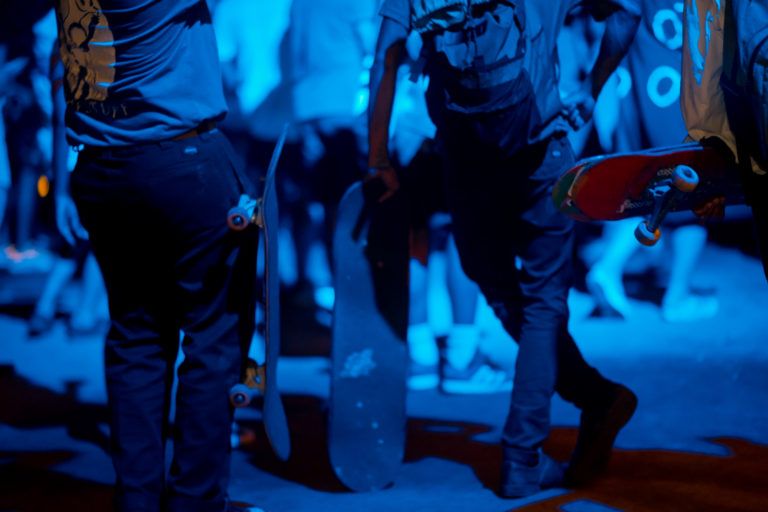
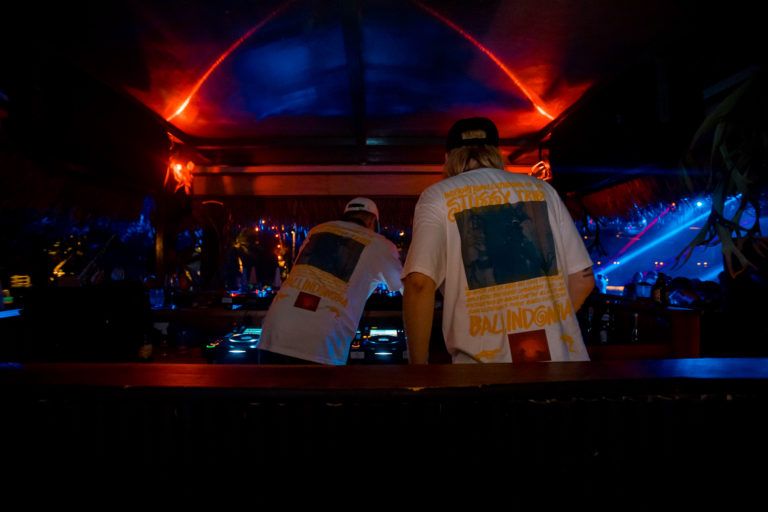
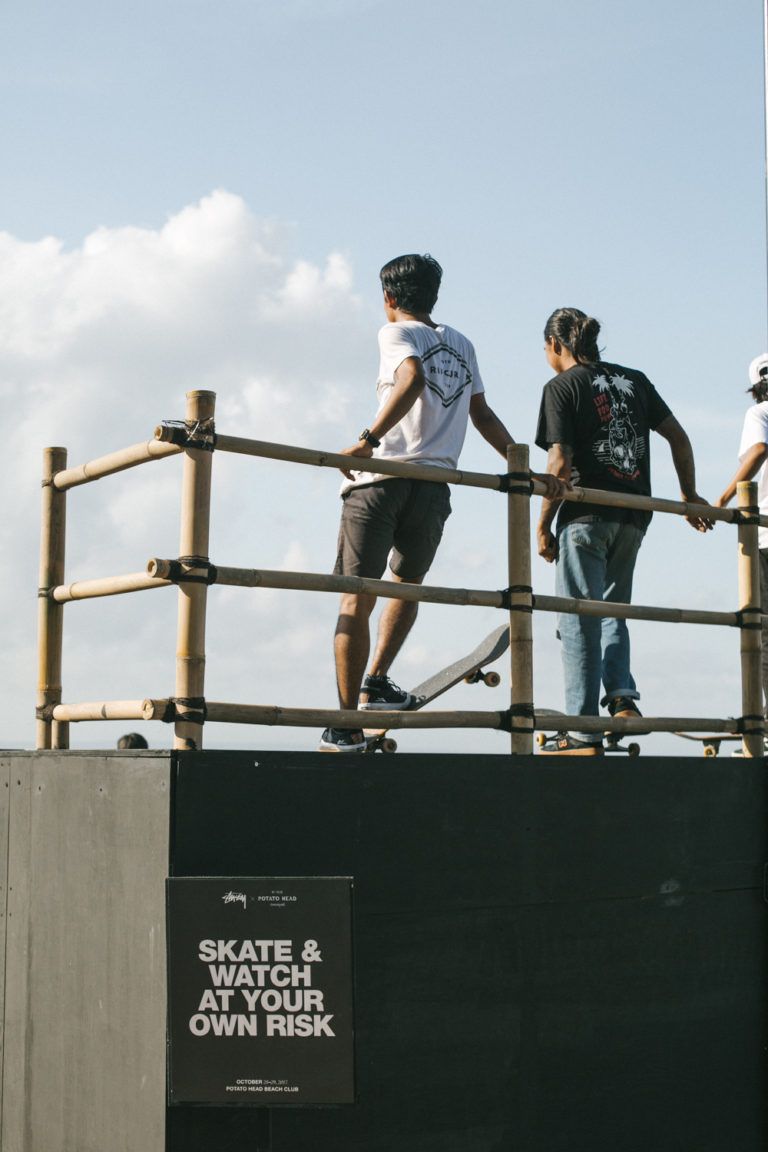
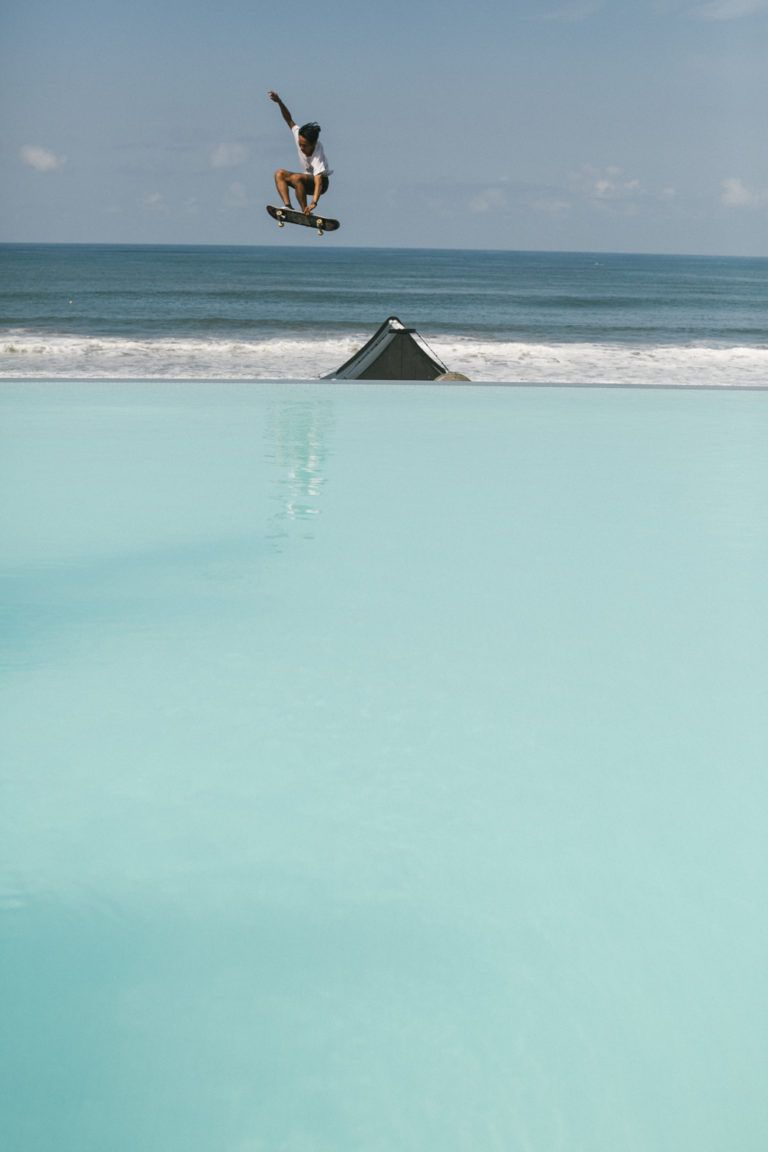
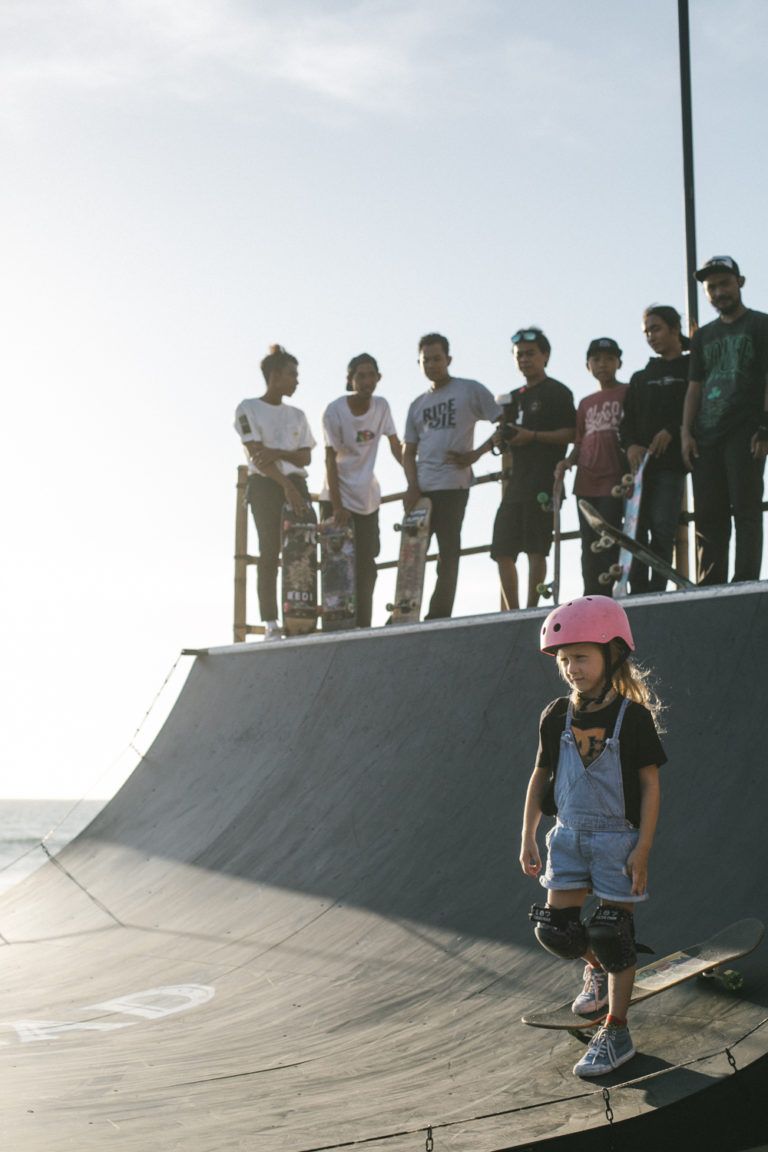
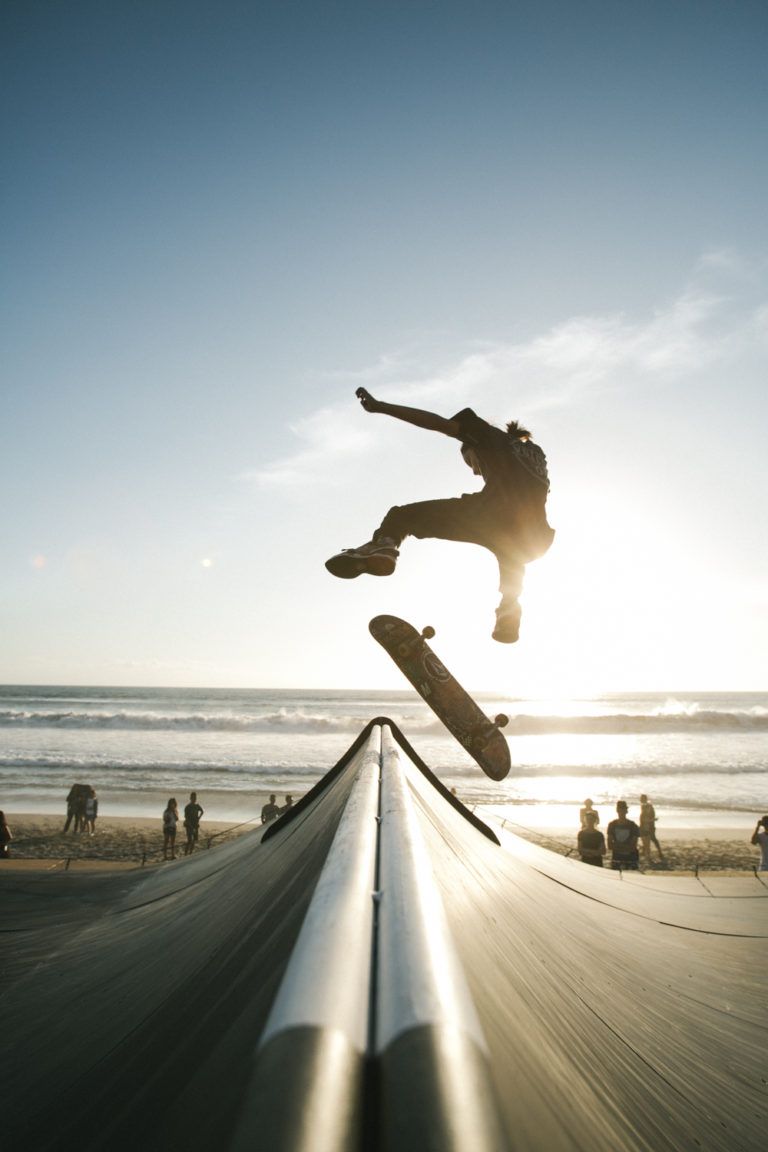
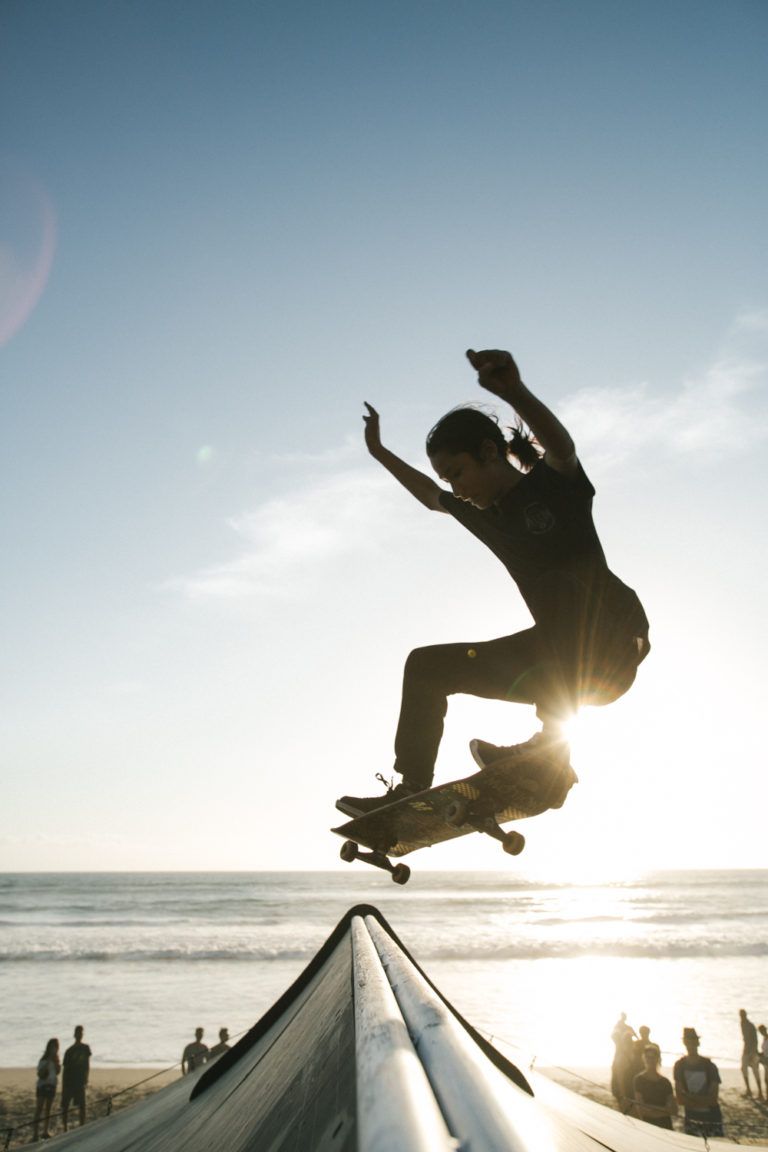
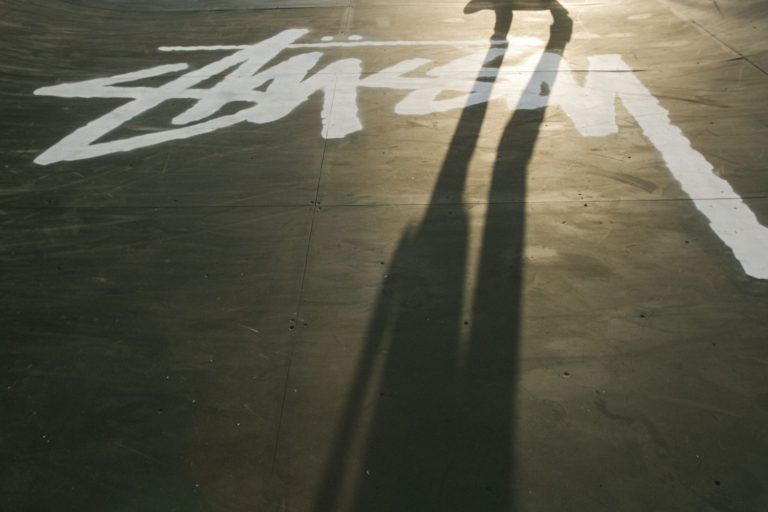
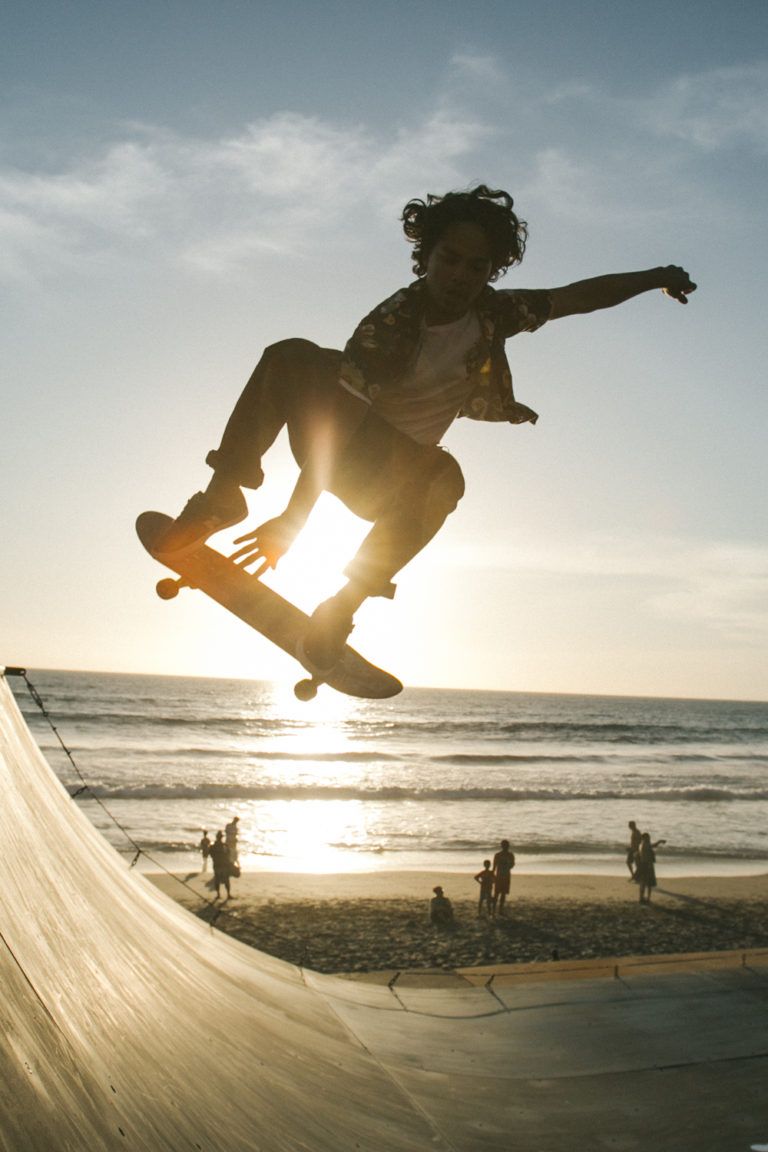
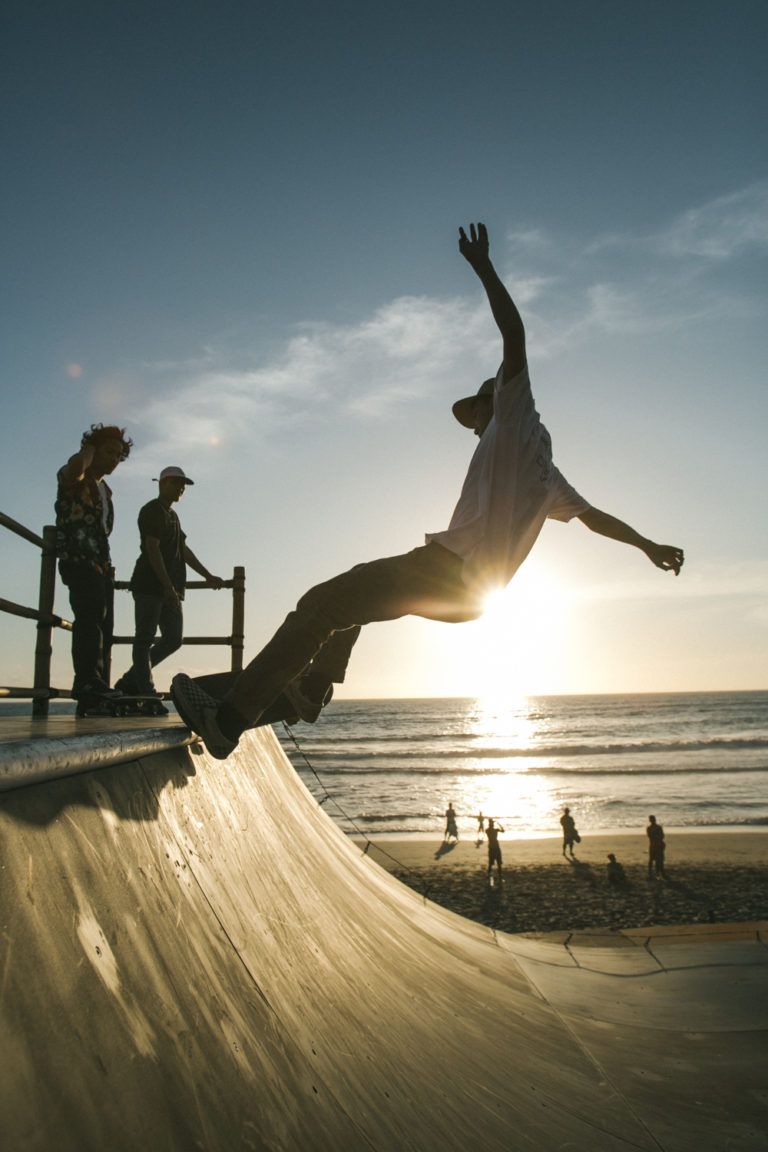
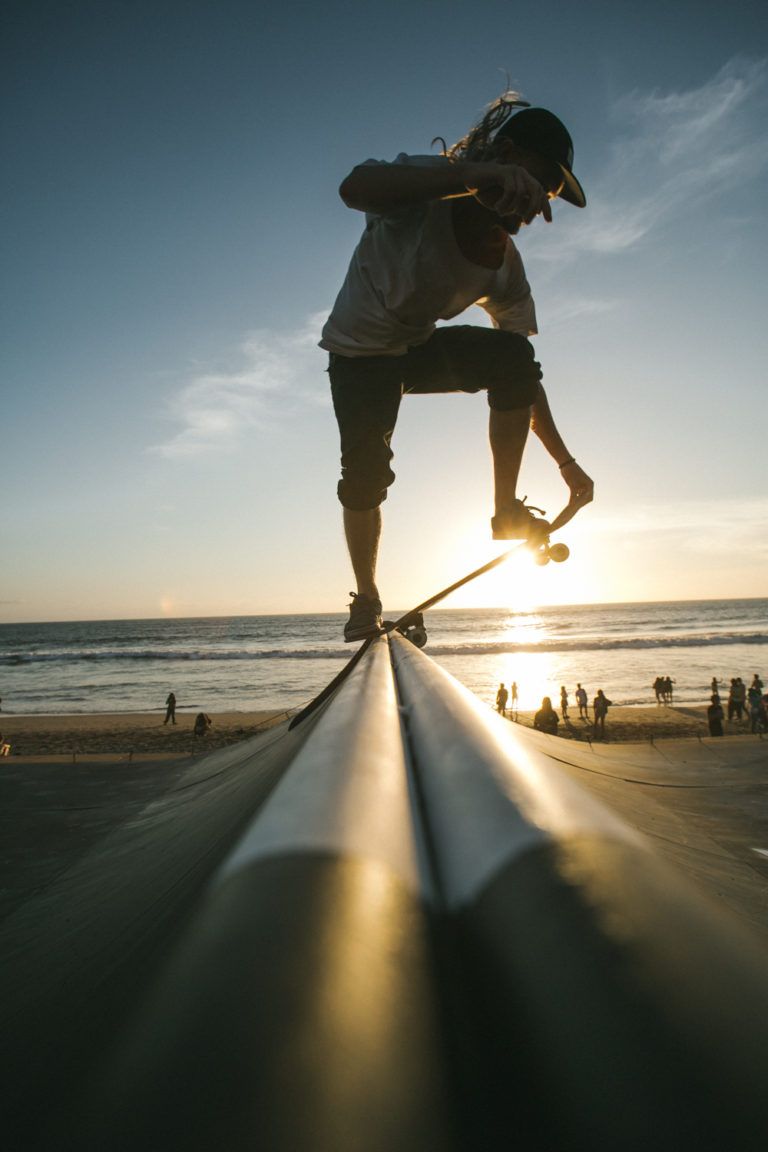
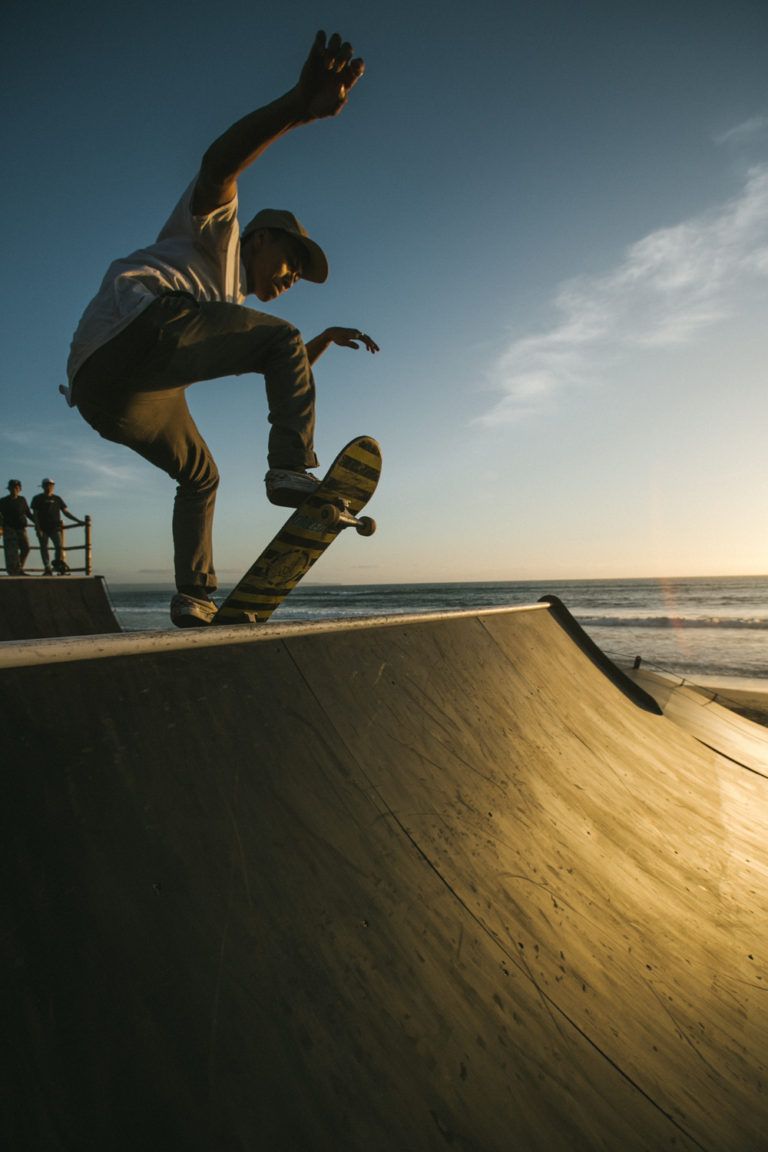
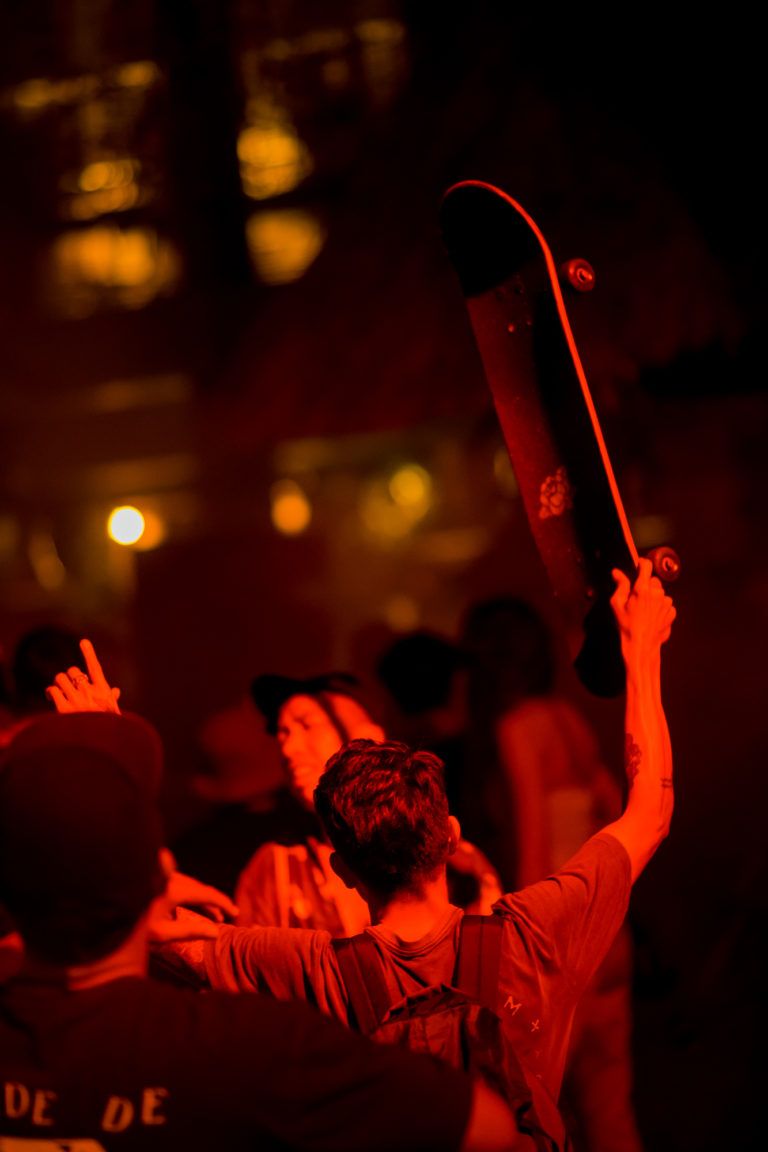
What were the common personality traits amongst those in Stussy Tribe?
The love for music – dress comes along with that, naturally. I’m always inspired by how musicians dress. Artists like David Bowie. Punk and reggae artists were also super stylish, or the hip hop look in New York during the 90s. Back then we couldn’t afford high fashion brands, so the way you put together an outfit was the best way to express your style.
What’s your definition of style?
Style is doing things without much money.
Done effortlessly?
Well, not always effortless. It actually takes some effort when you don’t have any money!
How would you say the tribe gatherings differ now compared to the ‘90s?
The energy is the same for sure. I still get the same feeling playing records now compared to the early gatherings. I’ve never changed loving music and getting excited about hearing a tune I don’t know. Discovering and dancing will always be at the core. But it is different now.
Different how? As in you’ve grown up?
No, definitely not. I would never say I’ve grown up!
Credits
- Interview: ARTHUR BRAY
- Photography: NAMA DISAMARKAN
